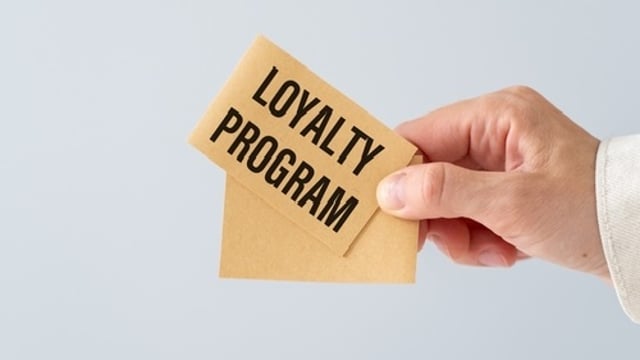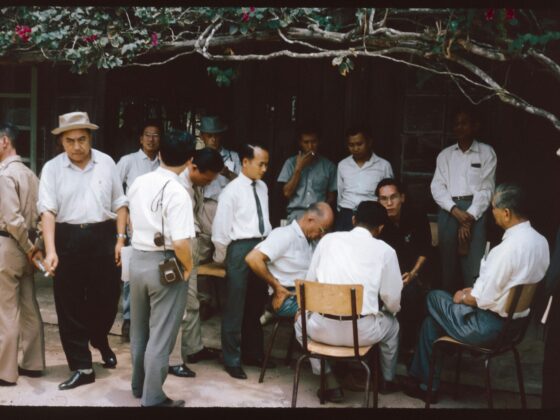
While loyalty check size is rising across both restaurant concepts and c-stores, flat check sizes are common, according to the 2025 Paytronix Loyalty Report. The report recommends a combination of AI-enhanced data analytics, qualitative behavior feedback along with gamification, AR and mobile loyalty tools to increase engagement and grow loyalty spend.
The Paytronix 2025 Loyalty Report explores the forces shaping guest loyalty in 2025. It offers data-backed insights, real-world case studies, and actionable strategies to help restaurant and convenience store brands of all sizes harness the full potential of their loyalty programs.
While loyalty check size growth is promising, it’s important to understand what this number means. Loyalty check size measures per-visit spend among loyalty members—not overall average order value (AOV). This distinction matters because a growing check size within loyalty programs doesn’t always mean members are spending more than non-loyalty guests or that programs are driving net-new profitability. Restaurants using geofencing and location-based marketing for their restaurants see improved customer loyalty and retention, according to HT’s 2025 Restaurant Technology Study: Optimizing ROI.
Loyalty check sizes are growing, but not universally – 50% of FSRs, 44% of QSRs, and 31% of c-stores saw loyalty check sizes rise by more than 10% year-over-year.
Some brands saw declines – 12–25% of brands, across segments, saw declines in loyalty checks, which indicates that without good strategy, check size can stagnate or shrink, even as membership grows.
Flat check sizes are common – Around a quarter of QSR and FSR brands saw little movement, clarifying loyalty alone isn’t enough to grow spend.
The report finds that AI-powered personalization, smart upsells, and relevant offers are key to increasing both loyalty check sizes and visit frequency, and ensures that loyalty program participation turns into revenue. The report also discusses the following trends in data analytics and solutions that can provide brands with new opportunities to segment guests and further personalize guest interactions based on their behaviors.
It recommends the following three drivers for better personalization, which, in turn, helps programs align offers with guest preferences and deliver high-quality, thoughtful dining experiences.
AI-enhanced data analytics are a loyalty program game-changer that makes getting to the crux of customer motivations both quicker and more accurate. Smart brands are deploying it to explore different demographics, whether B2B, B2C, generational, or lifestyle-based, to create new opportunities.
Qualitative behavior feedback is software dedicated to scanning guest reviews across social media and analyzing voice/text messages, using sentiment analysis algorithms to read between the lines. It goes beyond spoken or written words to read the emotions behind them, indicating whether a guest was frustrated, angry, severely stressed, friendly, or enthusiastic.
“It is obvious that today more and more brands are becoming increasingly focused on one-to-one messaging and how to be as granular as possible when segmenting their audiences. It is so crucial for success, specifically when trying to increase the likelihood of visitation in the early parts of your relationship with a new customer,” said Rachel Peterson, loyalty strategist, Paytronix. “Personalization is key to impacting behaviors and determining who is more likely to visit versus someone who is unlikely to open your doors again. The more information you have, the more targeted you can be with your messaging and offers that get them to convert again, and again.”
Download the 2025 Paytronix Loyalty Report from the Paytronix website.







